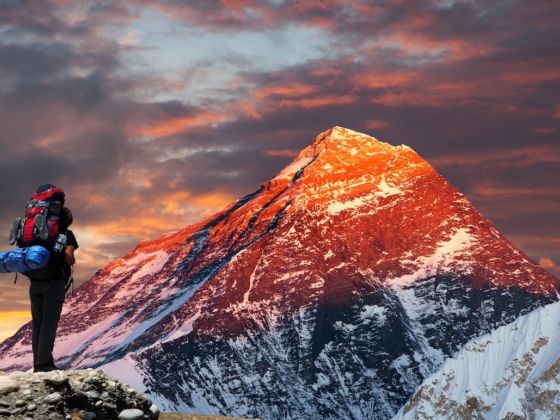If you’re planning on scaling Everest anytime soon, you’d better be prepared. And that doesn’t just mean being in excellent physical shape. The base camp on the Chinese side of Everest is now officially closed to visitors who don’t have the proper climbing permits. People can still visit the Rongbuk monastery just below base camp but won’t be able to reach the 17,060-foot base camp itself.


China Is Restricting Access to Everest Base Camp Until Human Bodies and Waste Are Cleaned Up
The new measure is an effort to reduce the amount of waste visitors are leaving behind on the mountain, as more and more people are beginning to approach the mountain from the Chinese side in Tibet. Whereas the Nepalese base camp can only be reached after two weeks of hiking, the Tibetan camp is accessible by car, making it more attractive to many tourists.
According to the Chinese Mountaineering Association, 40,000 people visited the base camp in 2015 (the most recent year data is available). China’s aim in restricting access to the base camp is to allow time and space for clean-up efforts. Three clean-up operations last spring resulted in the collection of eight tonnes of waste, including mountaineering equipment left behind by climbers and a startling amount human feces. This year, the clean up will be focused on removing the bodies of mountaineers who have died in the “death zone” — the area about 26,000 feet up the mountain where the air is incredibly thin. Given the altitude and cold temperatures, bodies can potentially remain here for decades. Some bodies, like that of an Indian climber called “Green Boots” who perished there in 1996, are actually used by climbers as markers and milestones to determine how far they are from the summit.
You can still obtain a permit and access the base camp. Authorities are, however, limiting the number of available permits to just 300 per year.
H/T: BBC